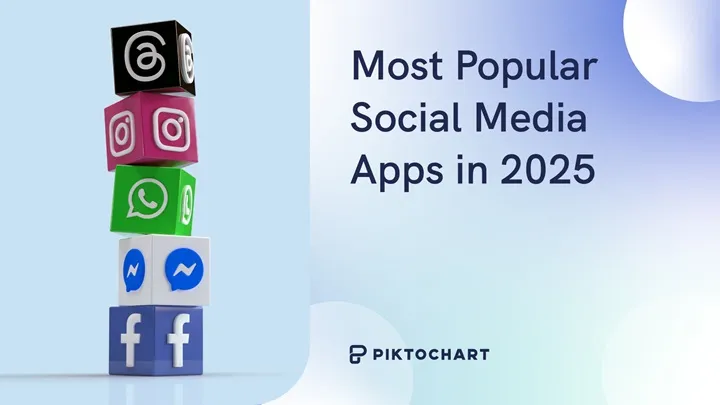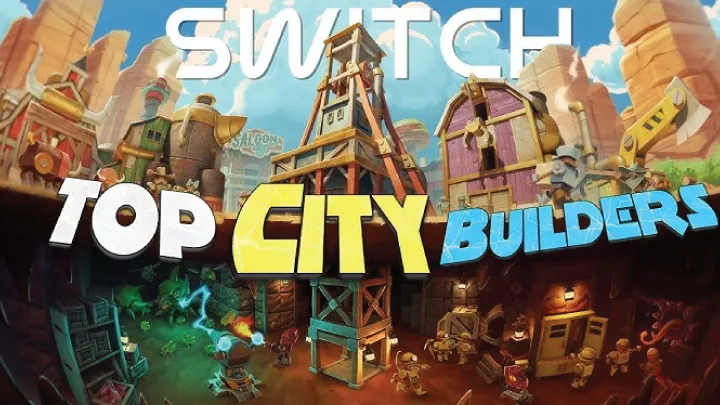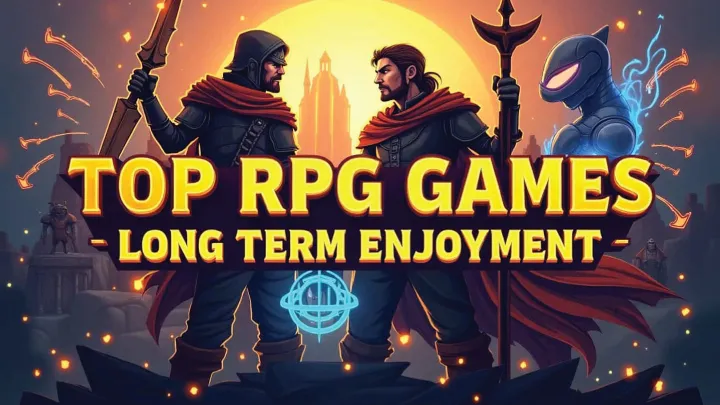Transportation has always been a cornerstone of human progress. In 2025, mobility has become smarter, greener, and more connected than ever before. Thanks to advances in artificial intelligence, real-time data integration, and sustainable energy solutions, transportation and mobility apps are reshaping how people travel, commute, and explore cities worldwide. These apps are not just about getting from point A to point B—they are about efficiency, safety, personalization, and redefining the very experience of movement.
This article explores the Top 10 Transportation and Mobility Apps in 2025, arranged chronologically and meaningfully to represent the shift from daily commuting to futuristic mobility solutions. Each app combines cutting-edge technology with user-centric design, ensuring convenience and accessibility for individuals and communities alike.
1. Uber Next – Personalized Ride Experiences
Uber remains a leader in global mobility, and in 2025 it has transformed into Uber Next, a platform that offers far more than traditional ridesharing.
Key Features
- AI-based ride personalization (quiet rides, music choices, work-friendly modes).
- Sustainable options with EV and hybrid-only fleets in most major cities.
- Subscription passes for unlimited urban commutes.
Uber Next goes beyond ridesharing by becoming an ecosystem of convenience and personalization.
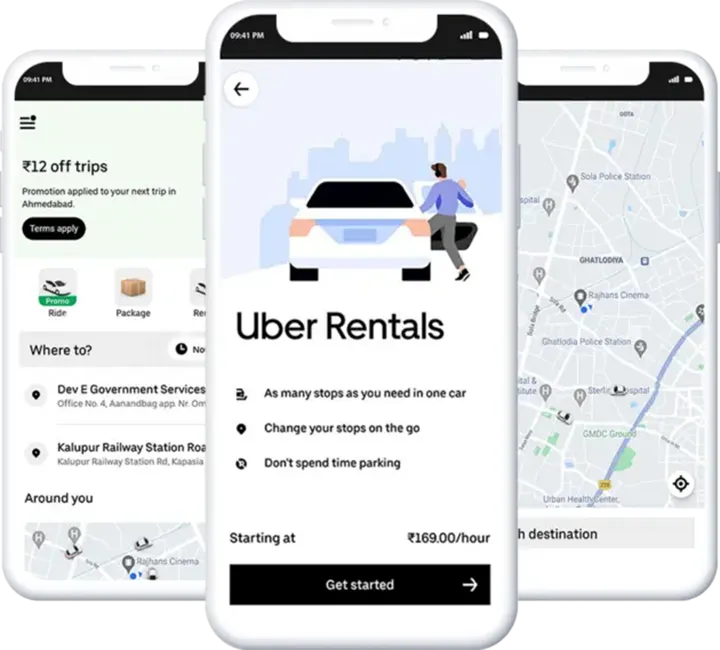
2. Lyft Green – Mobility with Sustainability at Its Core
Lyft Green focuses exclusively on eco-friendly rides, offering users access to EVs, shared electric bikes, and scooters.
Why It Stands Out
- 100% electric fleet in urban areas.
- Micro-mobility integration with city infrastructure.
- Carbon offset rewards for frequent riders.
This app helps redefine mobility by aligning transportation with environmental responsibility.
3. Moovit AI – Smart Public Transit Companion
Moovit, already known for public transport navigation, has evolved into Moovit AI in 2025. It leverages real-time AI-powered predictions for seamless commuting.
Features
- Real-time route adjustments for delays.
- AI alerts for crowding and accessibility updates.
- Personalized commuting dashboards.
Moovit AI empowers city travelers to make smart, informed choices every day.
4. Google Maps Mobility Hub – More Than Navigation
Google Maps has become more than just a navigation tool; in 2025, it integrates all modes of mobility into a unified hub.
Highlights
- Seamless integration of rideshare, transit, cycling, and walking.
- Eco-route prioritization with carbon impact data.
- Predictive traffic analysis with live re-routing.
Google Maps Mobility Hub is the one-stop app for every movement decision.
5. Citymapper Pro – Urban Living Simplified
Citymapper Pro remains a favorite for urban dwellers. By 2025, it integrates real-time payment and AR-guided walking routes.
Why It Matters
- One-tap transit payments across cities.
- AR directions for complex stations and streets.
- Tailored routes for cyclists and pedestrians.
Citymapper Pro thrives as a daily mobility companion, especially for city professionals.
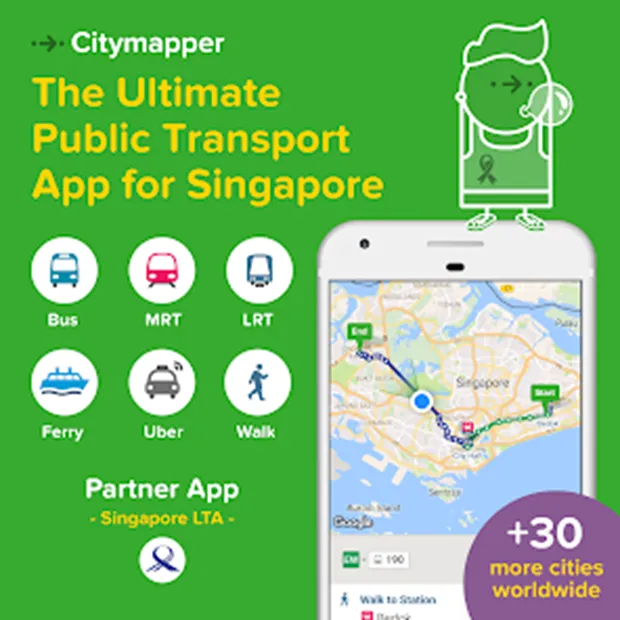
6. Waze Flow – Smarter Driving with AI
Waze has always focused on crowdsourced driving data, but in 2025, Waze Flow integrates AI and vehicle-to-vehicle communication.
Standout Features
- Predictive alerts about accidents, weather, and hazards.
- Car-to-car communication to reduce traffic congestion.
- Rewards for sharing real-time road updates.
Waze Flow is redefining how drivers navigate with foresight rather than reaction.
7. Bird One – Micro-Mobility for the Masses
Bird’s electric scooter platform has matured into Bird One, a mobility network integrating scooters, e-bikes, and shared EV pods.
Benefits
- Subscription models for unlimited rides.
- Safety-focused AI monitoring for speed and helmet compliance.
- Smart docking hubs across cities.
Bird One emphasizes shared, affordable, and sustainable urban travel.
8. BlaBlaCar Horizon – Social and Shared Journeys
BlaBlaCar, once a carpooling app, has expanded into BlaBlaCar Horizon, offering long-distance EV ride-sharing and community-driven mobility.
Features
- EV-first intercity ride options.
- AI matching for compatible travel companions.
- Integrated carbon footprint tracker.
It blends sustainable travel with social connection, transforming mobility into a shared experience.
9. Transit Go – AI-First Public Transport
Transit Go has become a leading app for integrating buses, trains, and shared shuttles with AI-powered optimization.
Why It’s Essential
- One unified ticket for all transport modes.
- Real-time dynamic scheduling to prevent overcrowding.
- AI-based commuter insights for time management.
Transit Go helps cities and commuters alike achieve smoother transportation flow.
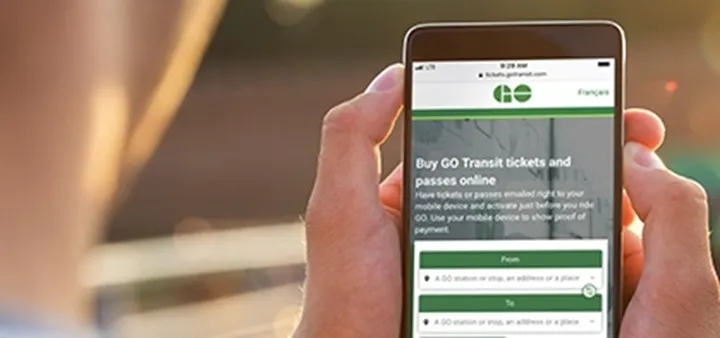
10. Tesla Mobility Network – The Autonomous Future
Tesla’s 2025 Mobility Network takes transportation into the autonomous era. With fleets of self-driving EVs available on demand, it redefines convenience.
Groundbreaking Features
- Fully autonomous ride-hailing service.
- Smart routing powered by Tesla AI.
- Solar-powered charging network integrated into rides.
Tesla Mobility Network signals the future: safe, autonomous, and sustainable transportation accessible to everyone.
Conclusion
The Top 10 Transportation and Mobility Apps in 2025 prove that mobility has become more intelligent, sustainable, and personalized. From Uber Next’s personalized rides to Tesla Mobility Network’s autonomous fleets, these apps are reshaping not only how we move but also how we experience cities, connect with people, and contribute to the environment.
Transportation is no longer about simply traveling—it’s about efficiency, sustainability, and lifestyle. With AI, eco-conscious design, and futuristic integration, mobility apps in 2025 are helping us move smarter and live better.








